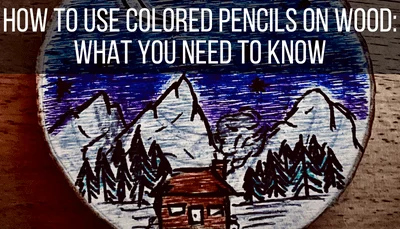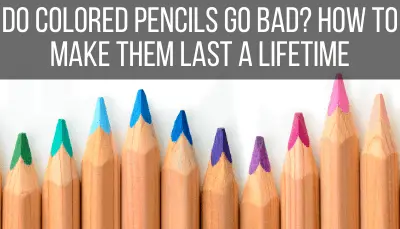Colored pencil is a great medium. Canvas is a great surface. So, can these two great art materials go together? Well, as someone who loves to experiment with new art forms, it was time to try it out!
Yes, you can use colored pencil on canvas with the right preparation. Before getting started, decide if you want to use a rough or smooth canvas. Buy or create a primed canvas accordingly. Be aware of the type of colored pencils you’re using and how they will be impacted by the canvas you’re using.
Grabbing colored pencils and a canvas felt strange. I hadn’t picked up that combination of supplies before! Where were my paints? Where was my paper? Colored pencils and canvas felt like a strange pair.
And, to be honest, it felt strange for a while. Drawing with color pencils on canvas took some trial and error. There were certain things that were great about it from the outset, and certain things that weren’t.
What I was left with was a fun experiment that I learned a lot from. If you want to get started with colored pencil on canvas yourself, here are some things to consider.
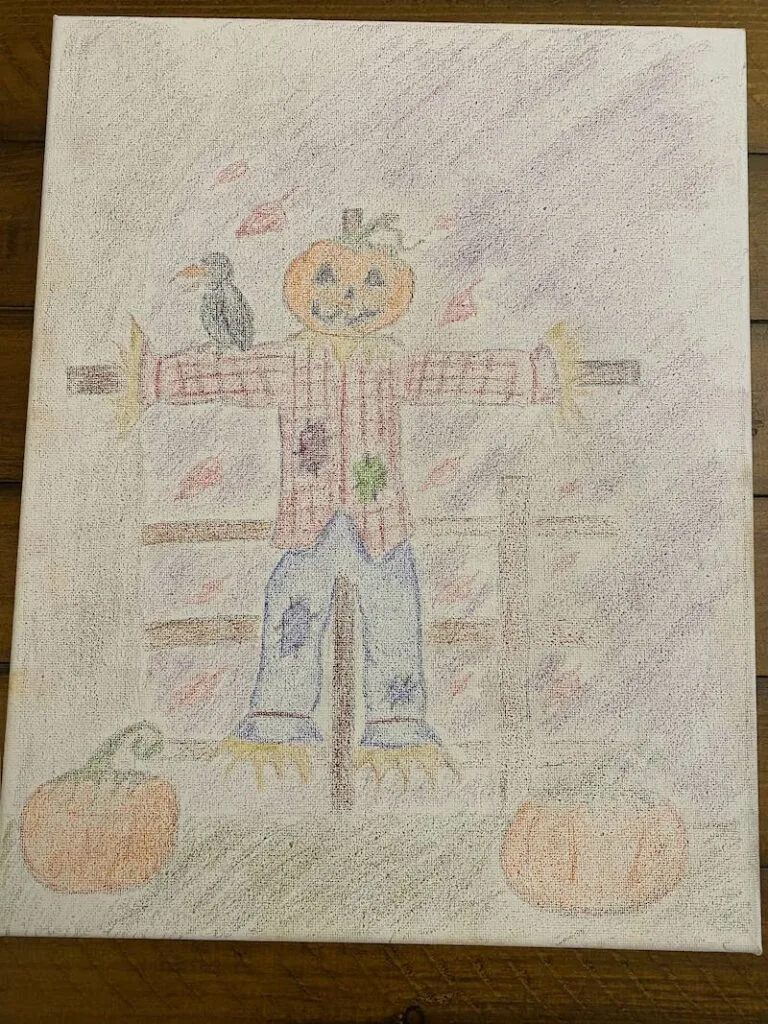
Decide How to Prime Your Canvas for a Rougher or Smoother Surface
The more you prime your canvas, the smoother it will be. This can make it easier to glide your colored pencils over your canvas, but also removes the unique texture and tooth that a canvas provides. The degree to which you prime your canvas will impact how your colored pencils interact with it.
For my own venture into canvas and colored pencil, I used a lightly primed canvas straight from the store. It still had a noticeable tooth, but wasn’t overly rough.
As you can see, the tooth is still visible in my final product, and the colored pencil is fairly light. This is also with only one layer of pencil. I could have made the colors more vibrant and dug into the tooth more by pushing harder and/or laying down more layers of color.
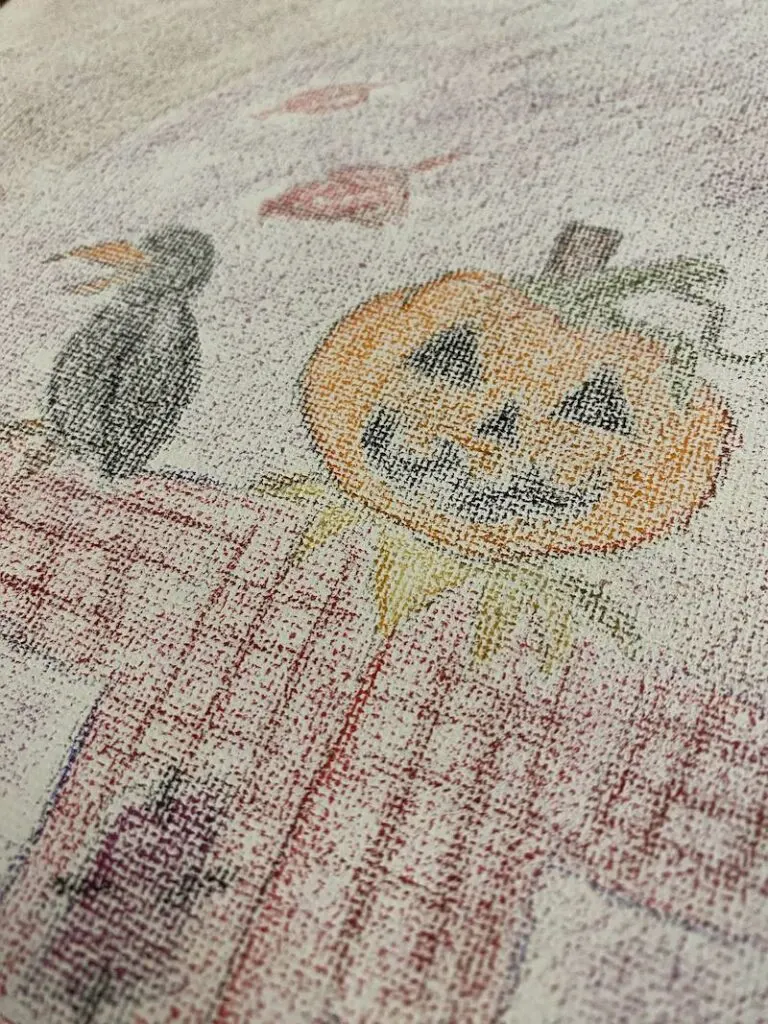
A rougher canvas can make it more challenging to do detailed work and be rougher on your colored pencils. On the other hand, this can create a lush and vibrant color experience.
A softer canvas won’t be as hard on your colored pencils as a rough canvas would be, but you’ll start to lose the perks of using canvas. The smoother you make your canvas, the closer it will come to resembling paper. It will be easier to do detailed work and you won’t have as much wear and tear on your pencils though.
When it comes to choosing your canvas, it will come down to personal preference. Do you want a smoother surface that can more easily accommodate detailed work? Do you want a rougher tooth to your canvas that may lead to more wear and tear of your pencils, but offer a unique and vibrant color experience?
Take Your Pencils into Consideration
Colored pencils require more maintenance and attention when drawing on canvas, as it takes more pressure to get vibrant color on a rougher surface. This rougher surface can also wear down the tips faster, which can lead to more time sharpening your pencils and a general increase in wear and tear.
Honestly, I’m probably too precious about my colored pencils. I adore them and love how beautiful they look. But, my art supplies are meant to be used instead of admired, right?
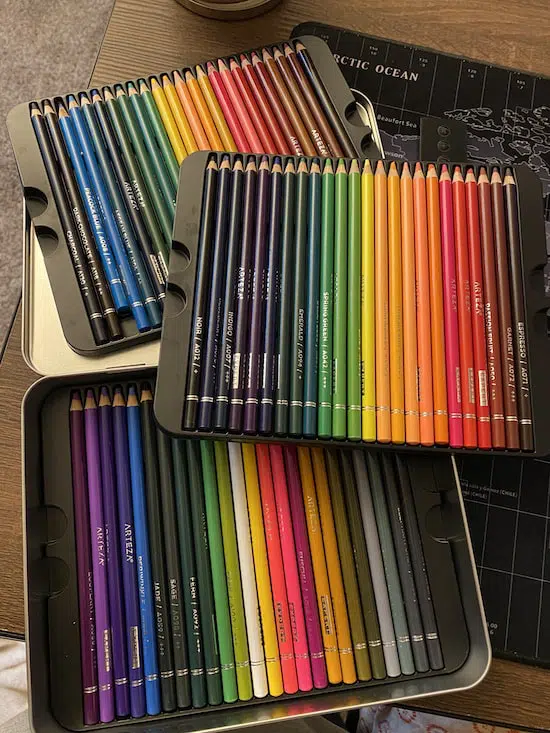
Well, for my endeavor into colored pencils on canvas, I don’t think I was ready to fully dive into the experience of pushing hard enough to get the colors I needed.
I didn’t want to fuss with sharpening my pencils all the time and also didn’t want to wear them down too quickly.
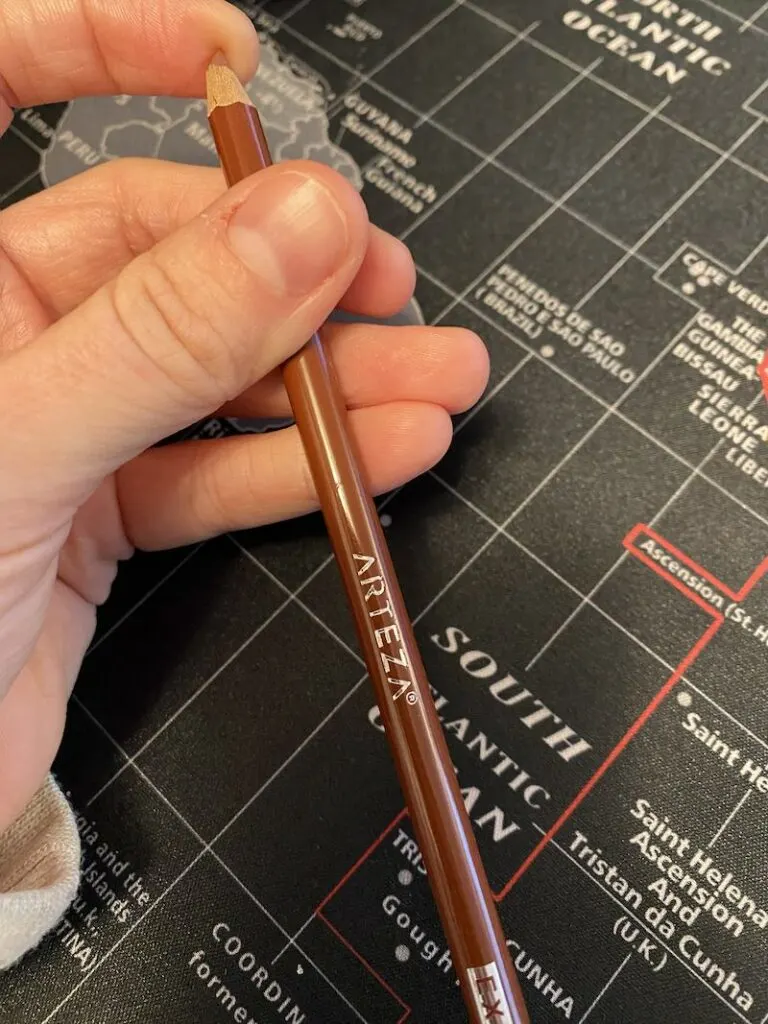
I fell in love with the textured look I got with my colored pencils on my canvas though, even without pushing hard or laying down multiple layers.
I also struggled with the bounciness of the canvas. Being accustomed to drawing on a sturdy surface, trying to push hard on a bouncy canvas was challenging. The bounciness also made it harder to erase my colored pencil lines.
In the end, I decided not too push too hard, accept that I would have lighter colors on my canvas, and enjoy the experience.
My pencils still wore down more quickly than they would have using the same amount of pressure on a piece of paper, so it’s important to keep this in mind if starting on your own colored pencil canvas adventure.
Drawing on Canvas with Colored Pencils Has a Learning Curve
Drawing on canvas with colored pencils can take some getting used to. Shading, creating precise lines, laying down vibrant colors, the mechanics in general. As with any new art form, there’s a learning curve that should be expected.
Colored pencils are familiar to me.
Canvas is familiar to me.
Colored pencils and canvas together? Not familiar to me.
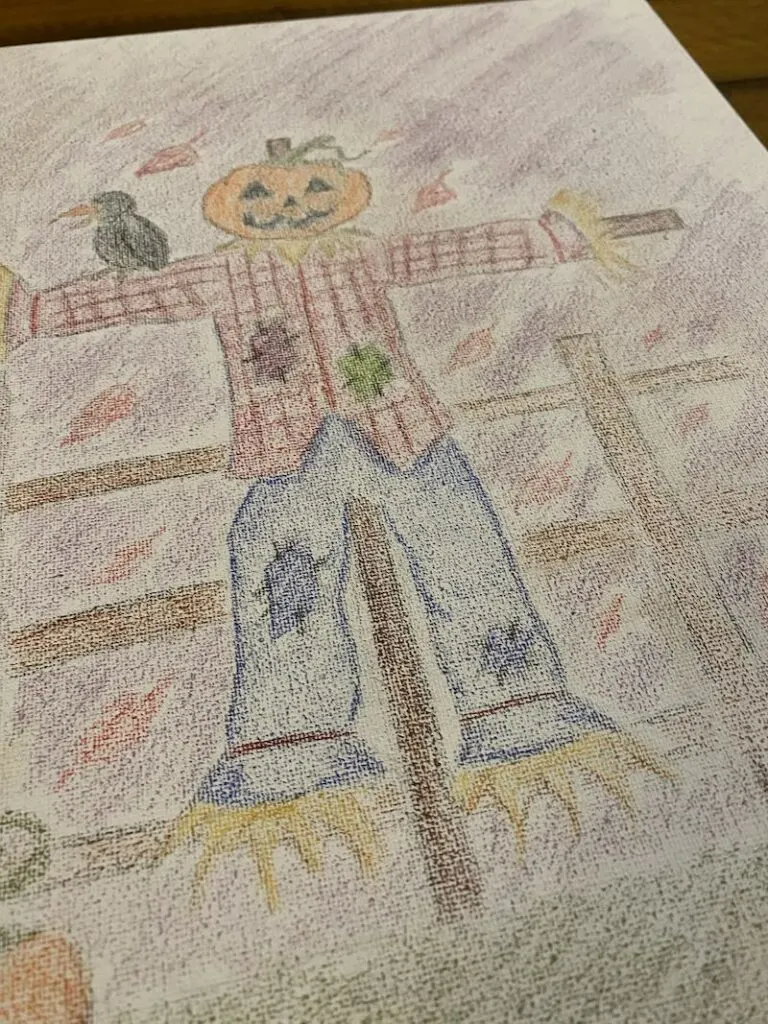
Jumping into this new art form, I naively expected that it would come easily and naturally to me. I understand colored pencils and canvas, so what’s the big deal about putting them together? Well, I was quickly humbled.
I found it harder to create precise lines on my canvas than I was used to, the bounciness of the canvas made me feel awkward, I struggled to shade my colors, and I became overprotective of my colored pencils.
Phew! I know it sounds like I had an awful time coloring on canvas, but I really didn’t! In fact, I thoroughly enjoyed it. It was just…different and new.
If you’re like me and you have experience with colored pencils and you have experience with canvas, but not with them both together, take a beginner’s attitude to trying them for the first time.
There’s a natural learning curve that comes with trying new art techniques, even if the mediums themselves are familiar.
Also, there are so many different ways to use colored pencils on canvas. Overtime, you’ll figure out your own preferences and ways of working. Take your time and have fun with the adventure!
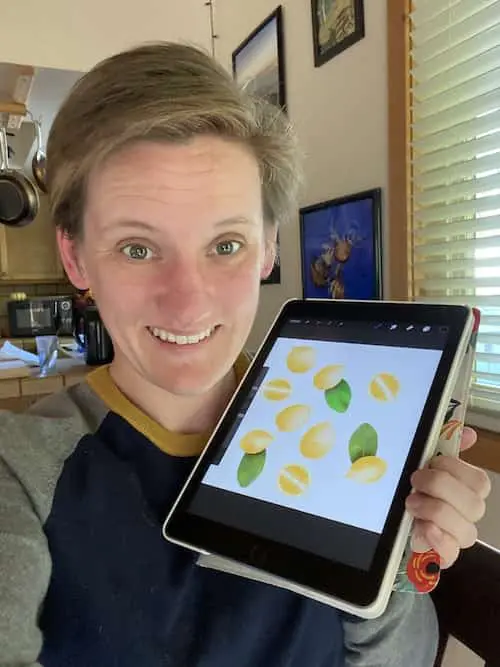
Diana has been an artist for over 27 years and has training in drawing, painting, digital drawing and graphic design. Diana’s latest obsession is digitally drawing with Procreate and Procreate Dreams. Diana has experience selling her art across a number of platforms and loves helping other artists learn how to make money from their art as well.

